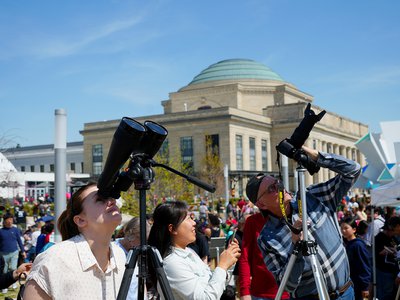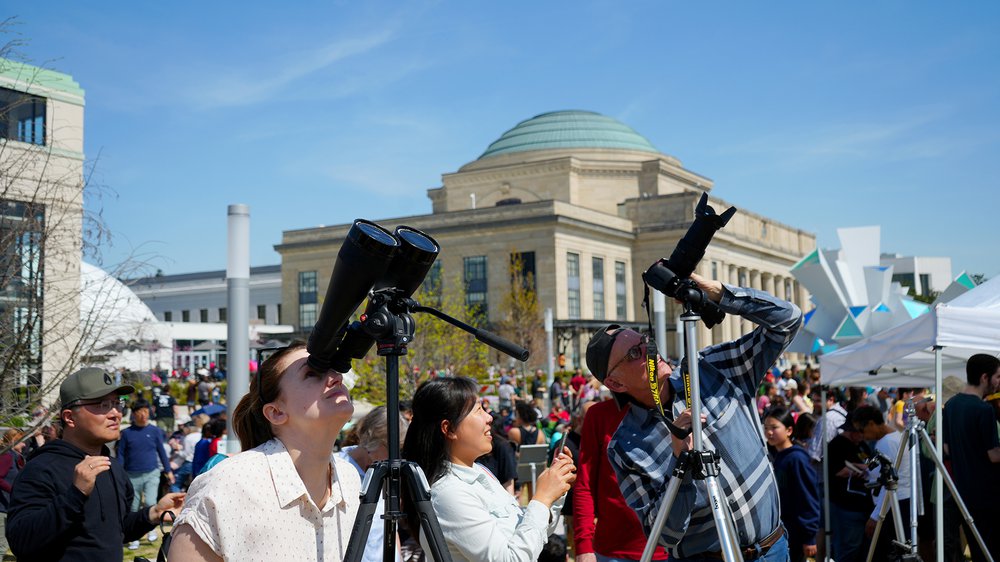Anyone can participate in science!
Participatory science is a collaboration between scientists and public volunteers to gather new knowledge about the world. Participatory science includes community science, citizen science, community-based monitoring and other types of research that depend on knowledge, insights or observations from the public.
Participatory science can transform communities, advance research and help people across the globe. For example, over the last 10 years, 31,000 volunteers have classified 350,000 images of space! You don't have to be an expert to get involved in a project. With a wide variety of topics to choose from, there’s something for all ages. You can also join in as frequently as you're able.
Explore the Latest Participatory Science Opportunity — Bumble Bee Watch
Pollinators are important to both crop production and maintaining a healthy ecosystem that supports flowers and trees. If you’ve been buzzing to save the bees, this participatory science project is for you!
Bumble Bee Watch is a participatory science project that tracks North America’s native bumble bees. To participate, volunteers take pictures of bumble bees they have seen and upload the images to an account created on bumblebeewatch.org. This field guide will help you identify what species of bumble bee you’ve seen.
A new study from York University found that community scientist participation in the Bumble Bee Watch has played a significant role in helping scientists monitor bumble bees throughout the United States and Canada!
Based on data collected from 2010–2020, community scientists were able to confirm the presence of bumble bee species not only in their expected range, but also in new areas. Community scientists also contributed to the ecological data of plant species that specific bee species were observed with, helping to fill data gaps and provide new information to the existing knowledge of bumble bees. These data are crucial for conservation planning and management.
Other ways to help native bumble bees are to create pollinator habitats, support local and organic agriculture, and share your knowledge with family, friends and neighbors!
Ongoing Participatory Science Opportunities
There’s no shortage of discoveries left to be made. Visit scistarter.org, zooniverse.org and citizenscience.gov to check out dozens of other participatory science opportunities. There’s something for everyone!


Participatory Science at the Science Museum
The Science Museum’s 2017 project Throwing Shade mobilized volunteers and partners from around Richmond to evaluate urban heat vulnerability. Data collected helped show that temperatures in the city during a heat wave can vary as much as 16 °F from the coolest to the warmest places.
From 2019 through 2023, volunteers helped the Science Museum collect data about hyperlocal air quality as part of RVAir. Funded in part by the Institute of the Museum and Library Services, RVAir worked with community collaborators to help measure particulate matter in Richmond neighborhoods.
Using portable AirBeam devices, community members collected air quality data on over 600 walks throughout the Richmond area. Additionally, over 35 permanent Purple Air sensors were installed across the city and are continuing to collect air quality in real time.